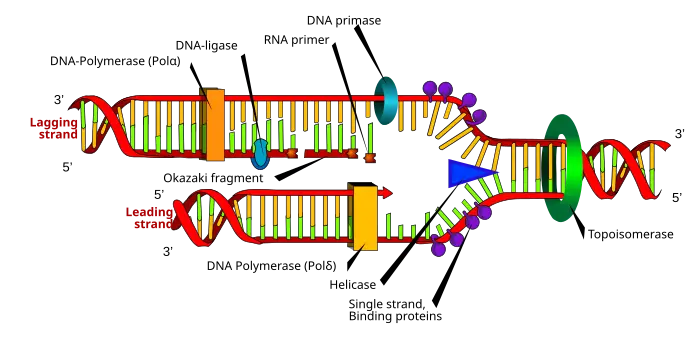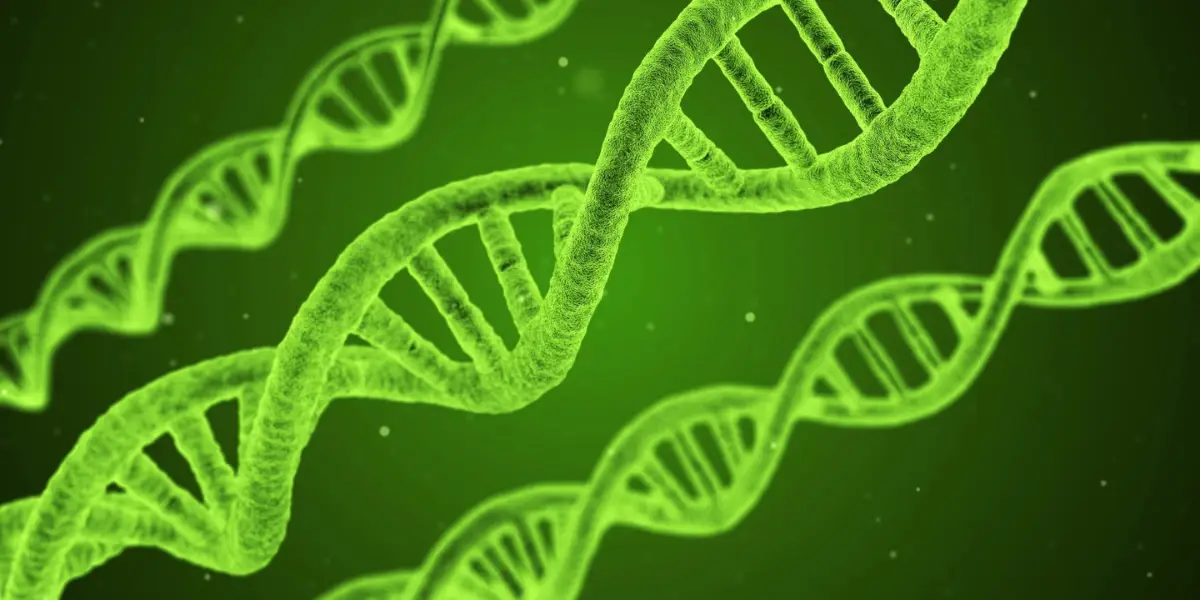Understanding DNA The Blueprint of Life and Its Impact on Health
DNA: DNA, short for deoxyribonucleic (dee-OX-ee-ry-bow-nu-KLAY-ik) is often called the blueprint of life. the molecule that contains all of the instructions required for an organism to grow, survive, and procreate. To truly comprehend the vital function that DNA plays in health, one must have a solid understanding of its structure. Keep reading to learn more about what DNA is and why it matters for human health.
Decoding DNA Structure and Function
Together, the strands form a double-helix molecule. Here, each strand of the molecule consists essentially of a sugar-phosphate backbone with nitrogenous bases hanging off. The four nitrogenous bases are A (adenine), T (thymine), C (cytosine), and G (guanine) which execute a complement function, the bonds between them: notes of specific pairs form the rungs in the helix. That specific pairing is crucial to the DNA replication and functionality.
The Essential Roles of DNA From Genetic Storage to Protein Synthesis
Genetic Sequestration: DNA contains all of the genetic information required for an organism to develop, grow, and function. The nitrogenous bases in the order they exist code for instruction of making proteins, which are building blocks that make up cells and tissues.Protein Synthesis: This is the most prominent role played by DNA in protein synthesis. DNA consists of only four components, but from the genetic code in DNA, your own body makes proteins by means of transcription and translation. Proteins are essential for almost every function in your body, from supporting metabolism to creating rigid structures.

Replication and Inheritance: Before a cell divides, the DNA replicates (image above), making sure each new more generation product gets an exact duplicate of its mom. The key feature of this process is to ensure genetic continuity from one generation to the other.
The Influence of DNA on Health Genetic Disorders, Cancer, and Beyond
Genetic Disorders: Mutations or changes in the DNA sequence can result in genetic disorders. They may be hereditary or sporadic, these mutations. Specific genetic mutations cause conditions like cystic fibrosis, sickle cell anemia, and Huntington’s disease.
Cancer: Cancer arises due to DNA damage or mutations in genes that control cell maintenance and division. The type of gene responsible for causing cancer is called an oncogene or a tumor suppressor gene which when altered allows cells to grow uncontrollably forming tumors and thus allowing the spread of such cells.
ALSO READ
What You Should Know About Cancer Causes, Types, Symptoms and Treatment
Pharmacogenomics: Changes in DNA can impact the way you respond to drugs. The study of how a person’s genes influence how they react to medications is known as pharmacogenomics. This profiling of a person’s genes enables doctors to develop more effective treatment strategies with the minimal risk of adverse reactions.
Epigenetics: Changes in gene expression but not changes to the genetic code itself. Epigenetic changes can be induced by environmental factors such as diet, stress, and exposure to toxins that affect health or susceptibility to disease.
Personalized Medicine: As the accuracy of DNA sequencing has increased, personalized or precision medicine is becoming possible right now. The approach is promising for enhancing the health status and decreasing patient disease susceptibility.
The Power of DNA A Crucial Player in Health and Disease
We all know DNA is the building blocks of life, controlling everything from what we look like to how susceptible we are to disease. In terms of health, it is a much more profound player, in not only the etiology and onset for various genetic conditions but also in how we will respond to treatments. DNA has the potential to be incredibly powerful, more so than emerging tech trends such as wearables and AI/ML (Artificial Intelligence/Machine Learning) which increasingly wind up in a consumer-driven graveyard.

